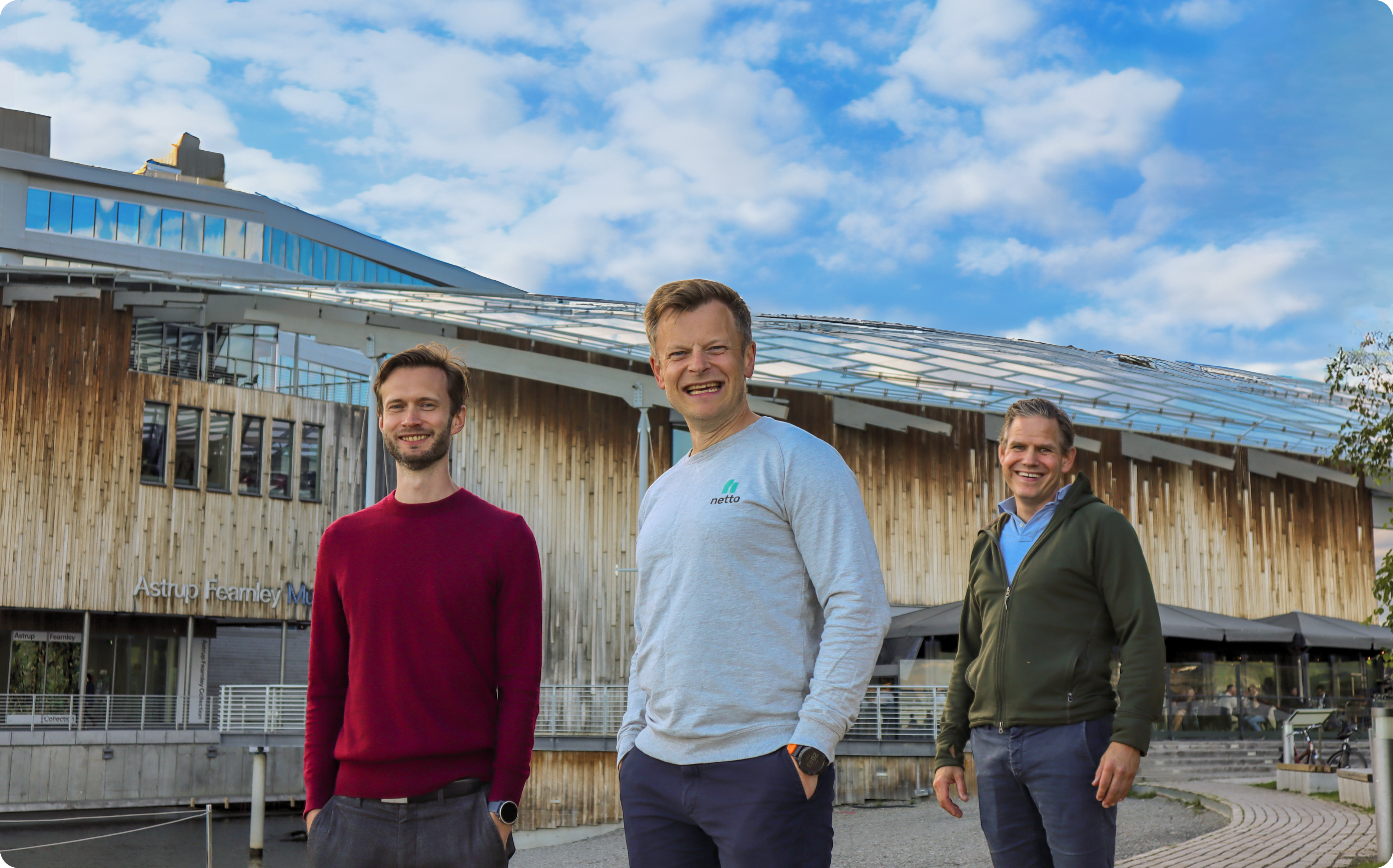How technology unlocks green loans in Commercial Real Estate
Bridging the data gap
In the pursuit of a sustainable commercial real estate industry, it’s clear that profitability and sustainability must be aligned. This is a shared responsibility—not only for the owners of commercial real estate but also for governments and financial institutions. Together, they must ensure that sustainable investments are not just viable, but also profitable. Green loans are a crucial mechanism in this transition.
Yet they hinge on the availability of data—a resource that is often incomplete or fragmented. What happens when the data required to assess a property’s green loan eligibility is incomplete or unavailable? Is it so that technology and innovative data modeling can still pave the way?
In this post, I’ll explore how advanced data analytics and technology enable banks to assess green loan eligibility even in the absence of full data, using frameworks like PCAF (Partnership for Carbon Accounting Financials) and CRREM (Carbon Risk Real Estate Monitor) to guide estimations and ensure compliance with sustainability goals.
The data challenge: Sourcing and integrating multiple data streams
Green loans require a diverse set of data inputs to evaluate whether a property meets environmental standards. These data inputs include:
- Energy performance data:
- Records of energy consumption, typically sourced from smart meters, utility bills, or energy audits.
- Energy efficiency ratings, such as EPCs, that classify a building’s energy use and potential.
- Carbon emissions data:
- Direct emissions data from on-site energy sources, including fuel usage and emissions factors.
- Indirect emissions data linked to purchased electricity, calculated using regional or national conversion factors.
- Building specifications:
- Technical details on insulation, glazing, and HVAC systems, all of which impact a building’s energy profile.
- Historical data on retrofits, especially critical for older buildings where data may be incomplete.
- Location-specific environmental data:
- Local climate data that affects energy demands for heating and cooling.
- Compliance data with regional green building standards, which vary significantly across countries.
The challenge is that these data points are often dispersed across multiple systems and stakeholders, each using different formats and standards. Moreover, data availability varies widely by region, with some countries offering centralized databases while others rely on localized and fragmented sources. Older properties, in particular, present significant gaps in data, making it difficult to evaluate their green loan eligibility.
This fragmented data landscape creates a major bottleneck in the green loan process. The industry currently lacks comprehensive tools that can seamlessly integrate these diverse data streams, analyze them, and generate reliable insights. Without such tools, banks and property owners face significant hurdles in qualifying for green finance.
Leveraging technology to overcome data gaps
This is where our technology comes into play. Netto’s platform leverages data analytics, machine learning, and industry-leading benchmarks like PCAF (Partnership for Carbon Accounting Financials) and CRREM (Carbon Risk Real Estate Monitor) to fill in the gaps where data is missing. Here’s how we do it:
- Predictive analytics for data estimation:
- Our platform analyzes available data from similar properties, market trends, and region-specific factors. We generate reliable estimates for missing metrics such as energy consumption and carbon emissions, tailored to the property’s specific location and regulatory context.
- Benchmarking with PCAF and CRREM:
- Netto’s platform utilizes the PCAF framework to calculate and disclose the greenhouse gas (GHG) emissions associated with financed properties. While PCAF doesn’t directly estimate missing data, it provides guidelines on how to report emissions using proxies or estimations when full data isn’t available. This ensures that the emissions data aligns with global carbon accounting standards.
- CRREM’s decarbonization pathways serve as benchmarks for assessing long-term carbon risk. By comparing a property’s actual and projected emissions against these pathways, our platform helps banks determine whether a property is on track to meet future climate goals and qualify for a green loan.
- Scenario Modeling and Simulations:
- Our advanced simulation tools allow us to model various scenarios based on potential data inputs. For instance, if the energy source is unknown, we can simulate outcomes using different energy mixes and regional emission factors. This provides banks with a comprehensive view of a property’s potential carbon impact, even with incomplete data.
- Our advanced simulation tools allow us to model various scenarios based on potential data inputs. For instance, if the energy source is unknown, we can simulate outcomes using different energy mixes and regional emission factors. This provides banks with a comprehensive view of a property’s potential carbon impact, even with incomplete data.
Case study: Achieving green loan success despite data gaps
Take, for example, an office building in Oslo that aimed to qualify for a green loan. The property lacked complete historical energy records, and local utilities offered limited data. Using Netto’s platform, the bank is able to:
- Estimate the building’s energy use by leveraging predictive models and data from similar properties within the region.
- Benchmark these estimates against CRREM’s decarbonization pathways to assess green loan eligibility.
- Simulate the impact of planned energy retrofits using local climate data and PCAF-aligned emissions factors.
The Future of Data-Driven Green Loans
As the demand for green loans intensifies, the ability to bridge data gaps will be critical. By integrating smart data estimations, PCAF benchmarking, and CRREM-aligned simulations, our platform not only makes green loans more accessible but also ensures that they are underpinned by robust, reliable data.
At Netto, we recognize that technology is the linchpin in scaling sustainable finance. By leveraging our platform, banks can confidently drive the transition to a greener, more sustainable future—one loan at a time.
You May Also Like
These Related Stories

PCAF data quality scores and their importance in banking

How we empower banks to achieve a net-zero property portfolio
-1.jpg)